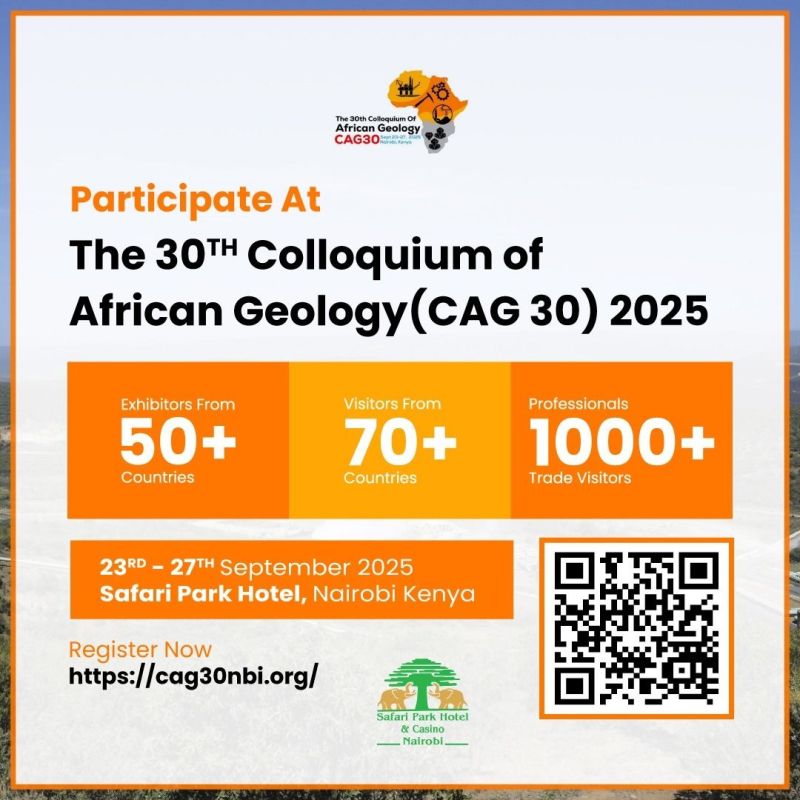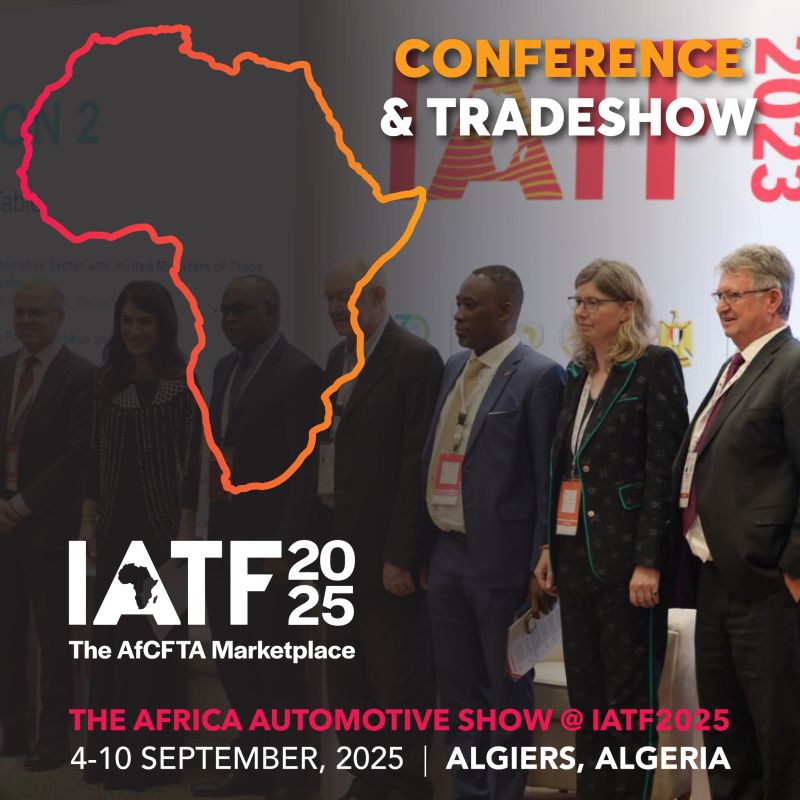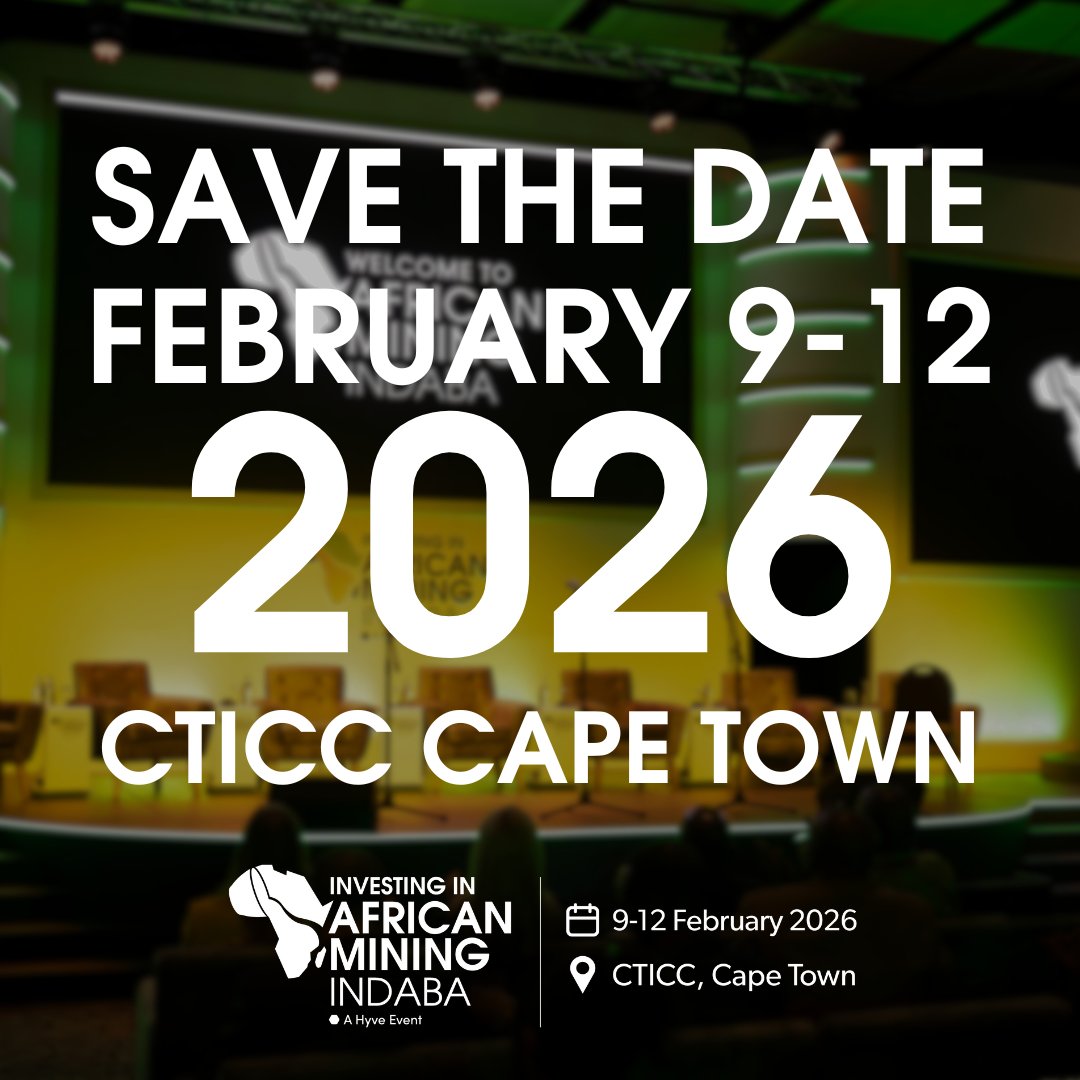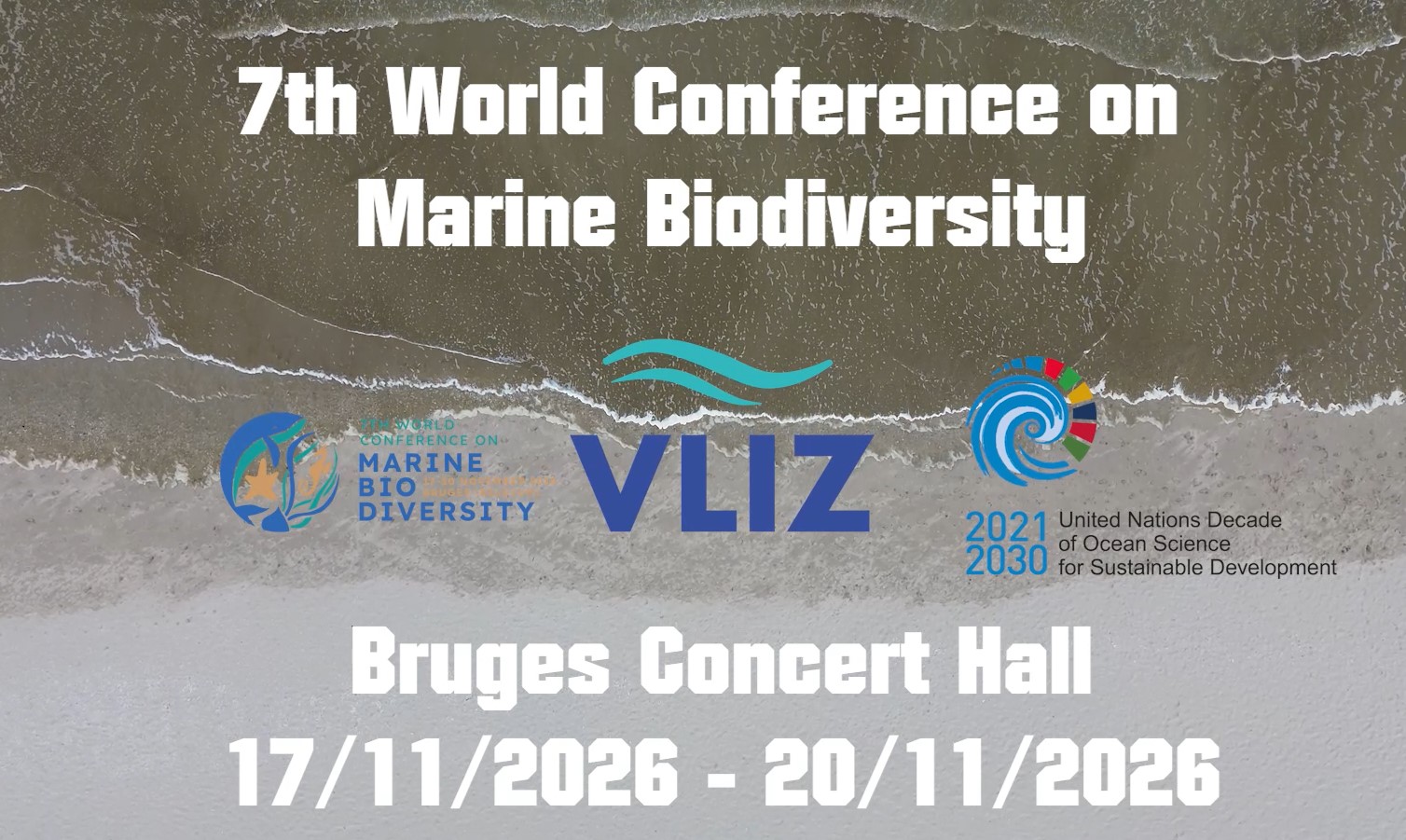The formal commencement of main construction at Pensana’s Longonjo rare earths project in Angola marks a critical inflection point not only for the company but for Africa’s positioning in the global rare earths supply chain. Backed by a $25-million injection from the Angolan sovereign wealth fund, Fundo Soberano de Angola, this development signals more than just shovels hitting the ground—it’s a strong vote of confidence in Angola’s future as a strategic mineral hub.
After six years of groundwork, exploration, and extensive technical and environmental assessments—with over $70-million invested—Pensana is finally turning plans into progress. The Longonjo project, situated near Huambo, is poised to become a key supplier of the rare earth metals that power everything from electric vehicles to wind turbines, smartphones, and military technology. In a world increasingly driven by clean energy transitions and geopolitical competition over critical minerals, the significance of Longonjo cannot be overstated.
Led by South African project director Kevin Botha, with engineering support from industry stalwarts Pro-Process and ADP (Lycopodium RSA), the project is being executed with a combination of regional expertise and global technical know-how. Construction activities have now moved beyond site preparation, with main contractor Grupo Nov ramping up operations—mobilising over 100 workers and heavy machinery to advance terracing and foundational works at the production plant.
CEO Tim George aptly described the moment as “pivotal,” underscoring that the real work—and opportunity—now begins. With boots on the ground and engineering teams in motion, the momentum is tangible. Local leadership, including country manager Geraldine Tchimbali and site service manager Benedito Dumbo, further reinforces Angola’s capacity to drive large-scale industrial development with homegrown talent at the helm.
Beyond the immediate economic and employment benefits, the Longonjo project represents something deeper: a chance for Angola to rebrand itself from an oil-dependent economy to one increasingly diversified and future-facing. By developing its rare earth potential, Angola joins the global movement to create alternate, ethical supply chains outside of China, which currently dominates rare earth refining and production.
Moreover, the project’s backing by Angola’s sovereign wealth fund sets a precedent for African states to take active financial ownership in transformative resource development. This model of partnership between government capital and private sector execution could serve as a blueprint for other countries looking to extract more value from their mineral wealth.
As the world races toward net-zero goals and the Fourth Industrial Revolution accelerates demand for clean-tech materials, Africa must not be a passive participant. The continent holds abundant critical minerals—what’s often missing is the infrastructure, financing, and governance frameworks to fully realise their value. Pensana’s Longonjo project, if executed successfully, could help rewrite that narrative.

The road ahead will still demand careful navigation—community engagement, environmental responsibility, and consistent timelines must all align for Longonjo to deliver on its promise. But with construction now under way and engineering milestones within reach, the foundation is being laid—not just for a rare earths plant in Angola, but for a broader African industrial renaissance.
The world is watching, and Angola is ready to deliver.















